Table of Contents
Thinking about adding some character to a room? An accent wall might be just the ticket. And when it comes to accent walls, wood brings a warmth and texture that's hard to beat. But with so many wood options out there, knowing what type of wood is used for accent walls can feel overwhelming. Don't worry, we're here to break it down. This guide will walk you through the most popular wood choices, from rustic reclaimed wood to sleek, modern panels. We'll also dive into the practical stuff, like how to work with different wood types if you're a DIY enthusiast, and how to budget for your project. Plus, we'll explore creative design ideas to help you achieve a truly unique look. Finally, we'll cover the essentials of maintaining your wood accent wall so it stays beautiful for years to come. So, grab a coffee, get comfortable, and let's explore the world of wood accent walls together!
Popular Types of Wood for Stunning Accent Walls
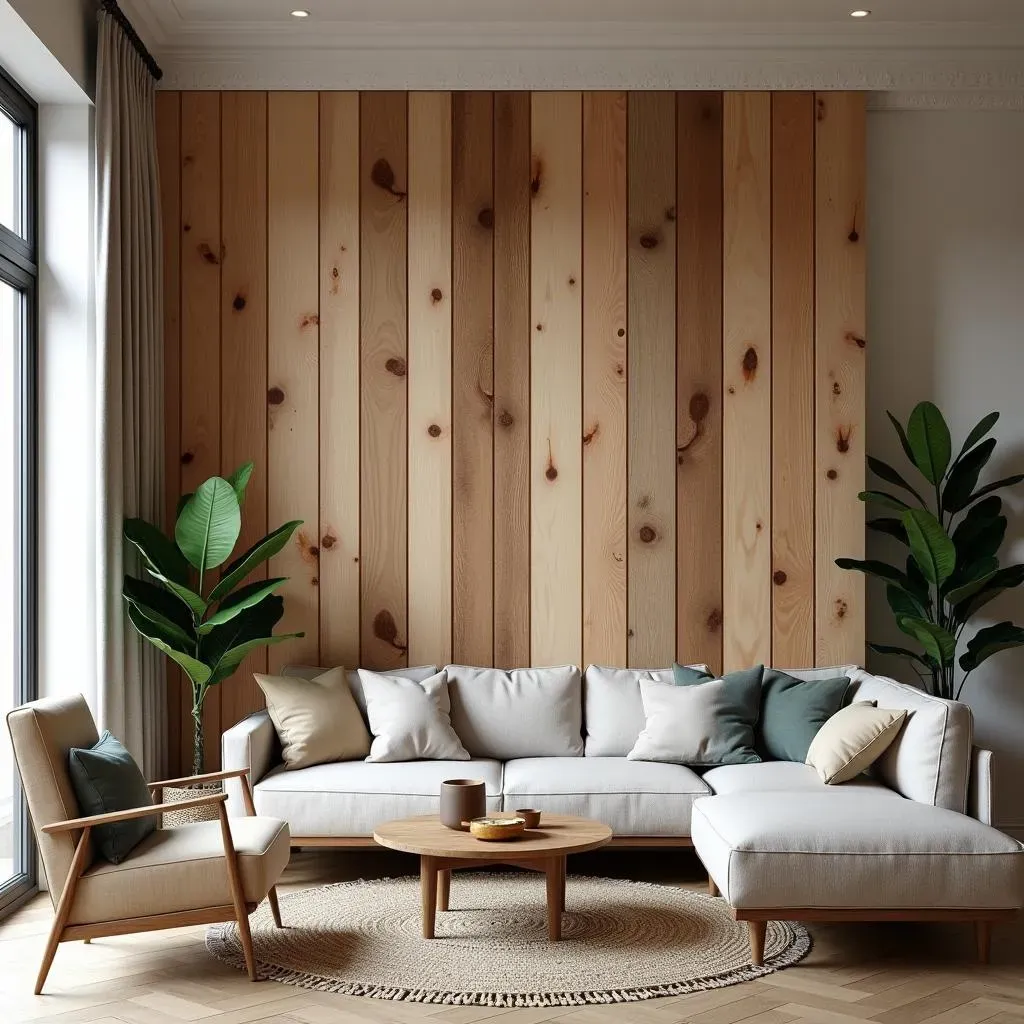
Popular Types of Wood for Stunning Accent Walls
let's talk wood! When it comes to accent walls, you've got a ton of options, each with its own vibe and advantages. We're diving into some popular choices that can really make your space pop. From the rustic charm of reclaimed wood to the sleek lines of MDF, there's a wood type to match every style and budget. Think about the overall feel you're going for. Are you aiming for a cozy, farmhouse look or a modern, minimalist aesthetic? Your choice of wood will play a huge role in achieving that vision.
One of the big things to consider is the wood's character. Do you want something with a lot of knots and grain, or something more uniform? Also, think about the color. Are you planning to stain or paint the wood, or do you want to let its natural beauty shine through? All these factors will influence the final look of your accent wall.
Wood Type | Pros | Cons | Best For |
|---|---|---|---|
Reclaimed Wood | Unique character, eco-friendly | Can be expensive, requires careful cleaning | Rustic, farmhouse, vintage styles |
Pine | Affordable, easy to work with | Can be soft, prone to dents | Painted or stained accent walls |
Cedar | Naturally beautiful, insect-resistant | More expensive than pine | Natural, outdoorsy looks |
MDF | Very affordable, smooth surface for painting | Not as durable as solid wood, can swell with moisture | Modern, sleek designs, painted finishes |
Let's break down a few specific types. Reclaimed wood is fantastic if you're after a rustic, one-of-a-kind look. Each piece tells a story, and you're also doing your bit for the environment by repurposing materials. Pine is a budget-friendly option that's easy to work with, making it a great choice for DIYers. Cedar offers natural beauty and is also naturally resistant to insects, which is a bonus. And MDF (Medium Density Fiberboard) is a super affordable option that's perfect if you're planning to paint your accent wall a solid color. It provides a smooth, even surface.
DIY Accent Walls: Working with Different Wood Types
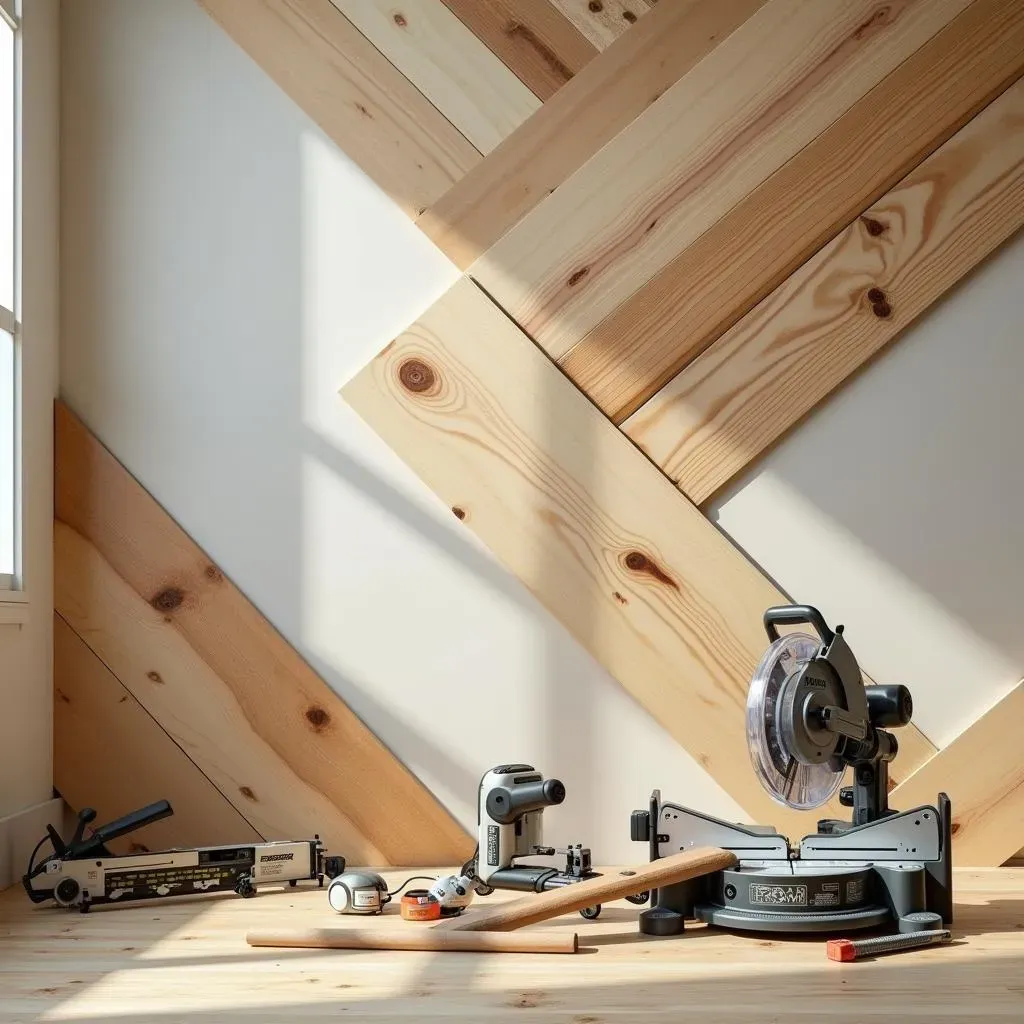
DIY Accent Walls: Working with Different Wood Types
Prep Like a Pro
So, you're ready to tackle a DIY wood accent wall? Awesome! First things first: preparation is key. Before you even think about nailing or gluing anything, you need to make sure your wall is ready. That means cleaning it thoroughly to remove any dust, dirt, or grime. A clean surface ensures that your adhesive or nails will have a good grip. Next, check for any imperfections, like holes or cracks, and fill them in with spackle. Once the spackle is dry, sand it smooth so it's flush with the wall. This will give you a nice, even surface to work with.
Another crucial step is to find your studs. Studs are the vertical beams that make up the frame of your wall, and they're where you'll want to anchor your wood pieces for maximum stability. A stud finder is your best friend here. Mark the location of each stud with a pencil so you know exactly where to nail. Trust me, taking the time to prep properly will save you a lot of headaches down the road.
Tools of the Trade
Alright, let's talk tools. Having the right tools on hand will make your DIY accent wall project so much smoother and more enjoyable. Here's a list of essentials:
- Measuring tape: For accurate cuts and placement.
- Level: To ensure your wood pieces are straight.
- Miter saw: For making precise angle cuts.
- Nail gun or drill: For attaching the wood to the wall.
- Construction adhesive: For extra hold.
- Safety glasses: Protect your eyes!
- Pencil: For marking measurements and stud locations.
A miter saw is particularly important if you're planning on creating any intricate patterns or designs with your wood. It allows you to make precise angle cuts, which are essential for achieving a professional-looking finish. A nail gun will make quick work of attaching the wood to the wall, but a drill and screws will also do the trick. Just be sure to pre-drill holes to prevent the wood from splitting. And don't forget the construction adhesive! A bead of adhesive on the back of each wood piece will provide extra hold and prevent any warping or shifting over time.
Wood-Specific Tips
Now, let's get down to the nitty-gritty: working with different wood types. Each type of wood has its own unique characteristics, and it's important to adjust your approach accordingly. For example, reclaimed wood can be quite rough and uneven, so you may need to sand it down to create a more uniform surface. Pine is relatively soft and easy to work with, but it's also prone to dents and scratches, so handle it with care. Cedar is naturally beautiful and resistant to insects, but it can be more expensive than other options. And MDF is super smooth and easy to paint, but it's not as durable as solid wood and can swell with moisture.
Here's a quick guide:
Wood Type | Tips for Working With It |
|---|---|
Reclaimed Wood | Sand thoroughly, use heavy-duty adhesive |
Pine | Handle with care, pre-drill holes |
Cedar | Use stainless steel nails to prevent staining |
MDF | Prime before painting, avoid excessive moisture |
Achieving Unique Designs: Wood Paneling Ideas for Accent Walls
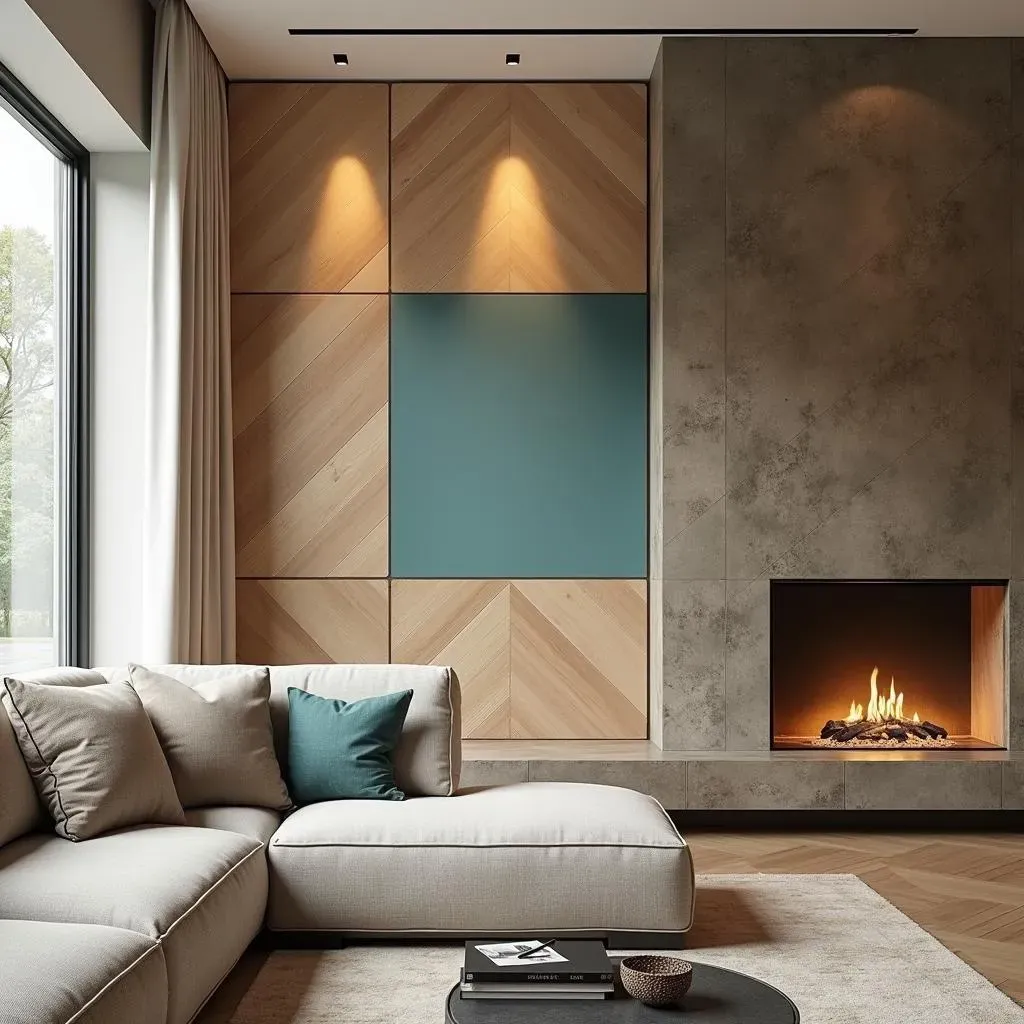
Achieving Unique Designs: Wood Paneling Ideas for Accent Walls
Herringbone Heaven
let's get creative! One of my absolute favorite wood paneling ideas is the herringbone pattern. It's classic, elegant, and adds a touch of sophistication to any room. The angled wood pieces create a dynamic visual effect that instantly draws the eye. You can achieve this look with various wood types, but I personally love it with lighter woods like maple or birch for a modern feel, or darker woods like walnut for a more traditional vibe. Imagine a herringbone accent wall behind your bed or in your living room – instant wow factor!
The key to a successful herringbone accent wall is precision. You'll need to make accurate cuts to ensure that the wood pieces fit together perfectly. A miter saw is essential for this project. Also, take your time and plan out your pattern carefully before you start attaching the wood to the wall. It's a bit more labor-intensive than some other designs, but the results are totally worth it.
Geometric Glam
If you're looking for something a little more modern and edgy, geometric wood paneling is the way to go. Think triangles, squares, hexagons – the possibilities are endless! This design style is perfect for adding a bold statement to a contemporary space. You can use different wood stains or even paint to create contrasting colors and highlight the geometric shapes. Imagine a wall with a mix of natural wood tones and pops of color – super cool, right?
When it comes to geometric designs, planning is everything. Sketch out your design on paper or use a digital design tool to visualize the final result. This will help you determine the size and shape of each wood piece and ensure that everything fits together seamlessly. Again, a miter saw will be your best friend for making those precise angle cuts. Don't be afraid to get creative and experiment with different patterns and color combinations. This is your chance to really let your personality shine through!
Geometric Pattern | Best Wood Type | Recommended Stain/Paint |
|---|---|---|
Triangles | Pine, MDF | Bold, contrasting colors |
Hexagons | Birch, Maple | Natural wood stain |
Squares | Reclaimed Wood | Distressed paint finish |
Rustic Reclaimed Chic
For a cozy and inviting atmosphere, you can't beat a reclaimed wood accent wall. The weathered texture and unique character of reclaimed wood add instant warmth and charm to any room. Each piece tells a story, and the imperfections are part of its beauty. This design style is perfect for creating a rustic, farmhouse, or vintage-inspired look. Imagine a reclaimed wood accent wall behind your fireplace or in your dining room – so inviting and homey!
When working with reclaimed wood, be prepared for some extra prep work. You'll need to clean the wood thoroughly to remove any dirt, grime, or splinters. You may also need to sand it down to create a more uniform surface. Don't be afraid to embrace the imperfections, but make sure the wood is structurally sound and free of any major damage. A strong adhesive and some strategically placed nails will ensure that your reclaimed wood accent wall stays put for years to come.
The Cost Factor: Budgeting for Your Wood Accent Wall Project
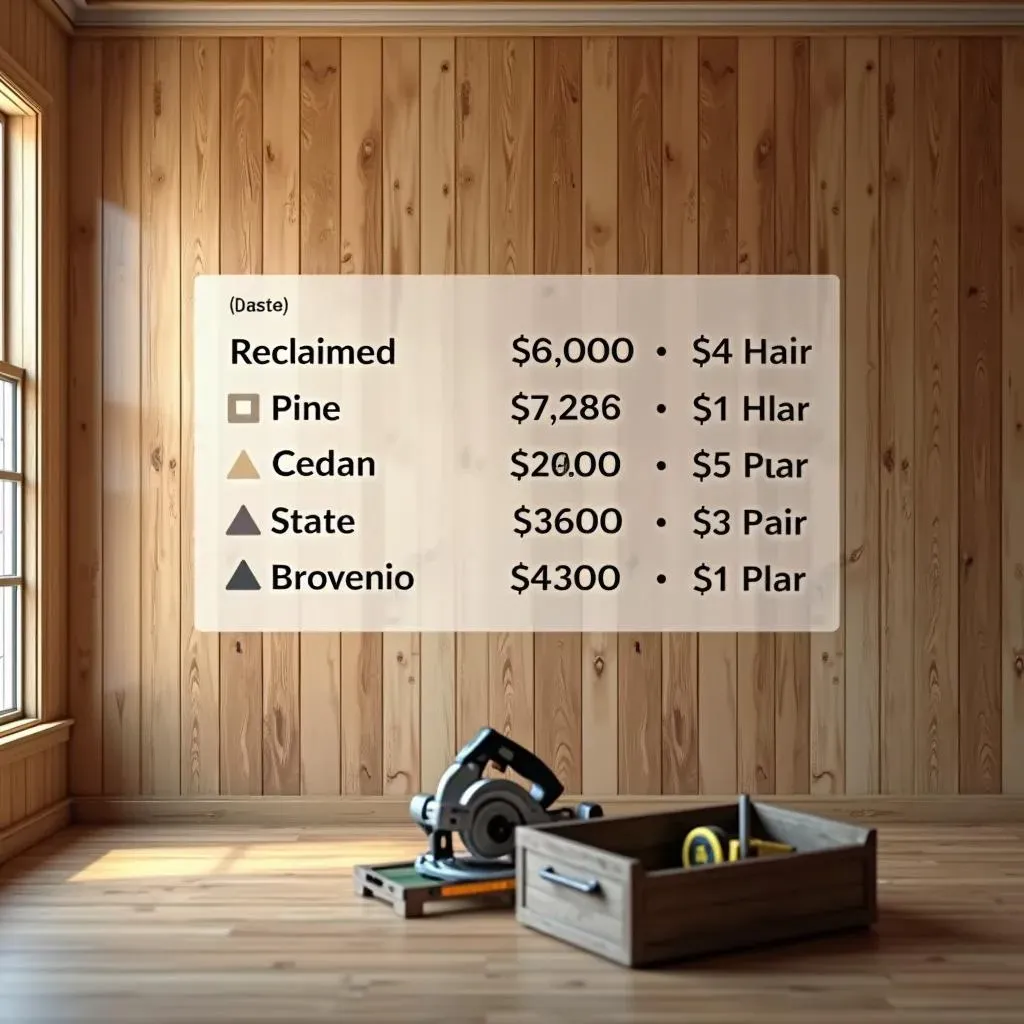
The Cost Factor: Budgeting for Your Wood Accent Wall Project
Wood Type Breakdown
let's talk money! The Cost Factor: Budgeting for Your Wood Accent Wall Project is all about understanding where your dollars are going. The biggest chunk of your budget will likely be the wood itself. As we discussed earlier, different wood types come with different price tags. Reclaimed wood, with its unique character, tends to be on the higher end due to the sourcing and processing involved. On the other hand, pine and MDF are generally more affordable options. Cedar falls somewhere in the middle, offering a balance of beauty and cost.
Before you fall in love with a particular wood type, it's wise to get some quotes from local lumberyards or home improvement stores. Prices can vary depending on your location and the availability of the wood. Also, consider the quantity you'll need. Measure your wall carefully and calculate the square footage to avoid overbuying (or worse, underbuying!). Don't forget to factor in waste from cuts and mistakes. It's always a good idea to add a little extra to your order.
Wood Type | Approximate Cost per Square Foot |
|---|---|
Reclaimed Wood | $15 - $30 |
Pine | $3 - $7 |
Cedar | $8 - $15 |
MDF | $2 - $5 |
Tools and Supplies
Beyond the wood itself, you'll need to factor in the cost of tools and supplies. If you're already a seasoned DIYer, you might have many of these items on hand. But if you're just starting out, you may need to invest in some essentials like a miter saw, nail gun, level, and measuring tape. While it's tempting to go for the cheapest options, it's often worth spending a little more on quality tools that will last for years to come. Think of it as an investment in your future DIY projects!
Don't forget about the smaller supplies, like nails, screws, adhesive, sandpaper, and paint or stain. These costs can add up quickly, so it's important to factor them into your budget. Shop around for the best deals and consider buying in bulk if you're planning on doing more DIY projects in the future. Also, be sure to factor in safety gear like safety glasses and gloves. Protecting yourself is priceless!
DIY vs. Professional Installation
Finally, consider whether you're going to tackle the installation yourself or hire a professional. DIYing can save you a significant amount of money, but it also requires time, effort, and skill. If you're comfortable with basic woodworking and have the necessary tools, then DIYing is definitely a viable option. However, if you're not confident in your abilities or you're short on time, hiring a professional might be the better choice. Get quotes from several contractors and compare their prices and experience. Be sure to ask for references and check their online reviews.
When comparing quotes, make sure you understand what's included. Does the quote include the cost of materials, or just labor? What about cleanup? Are there any hidden fees? Getting a clear and detailed quote will help you avoid any surprises down the road. Remember, the cheapest option isn't always the best. It's important to find a contractor who is reliable, experienced, and provides quality workmanship. And don't be afraid to negotiate! Many contractors are willing to work with you to find a price that fits your budget.
Maintaining the Beauty: Caring for Your Wood Accent Wall
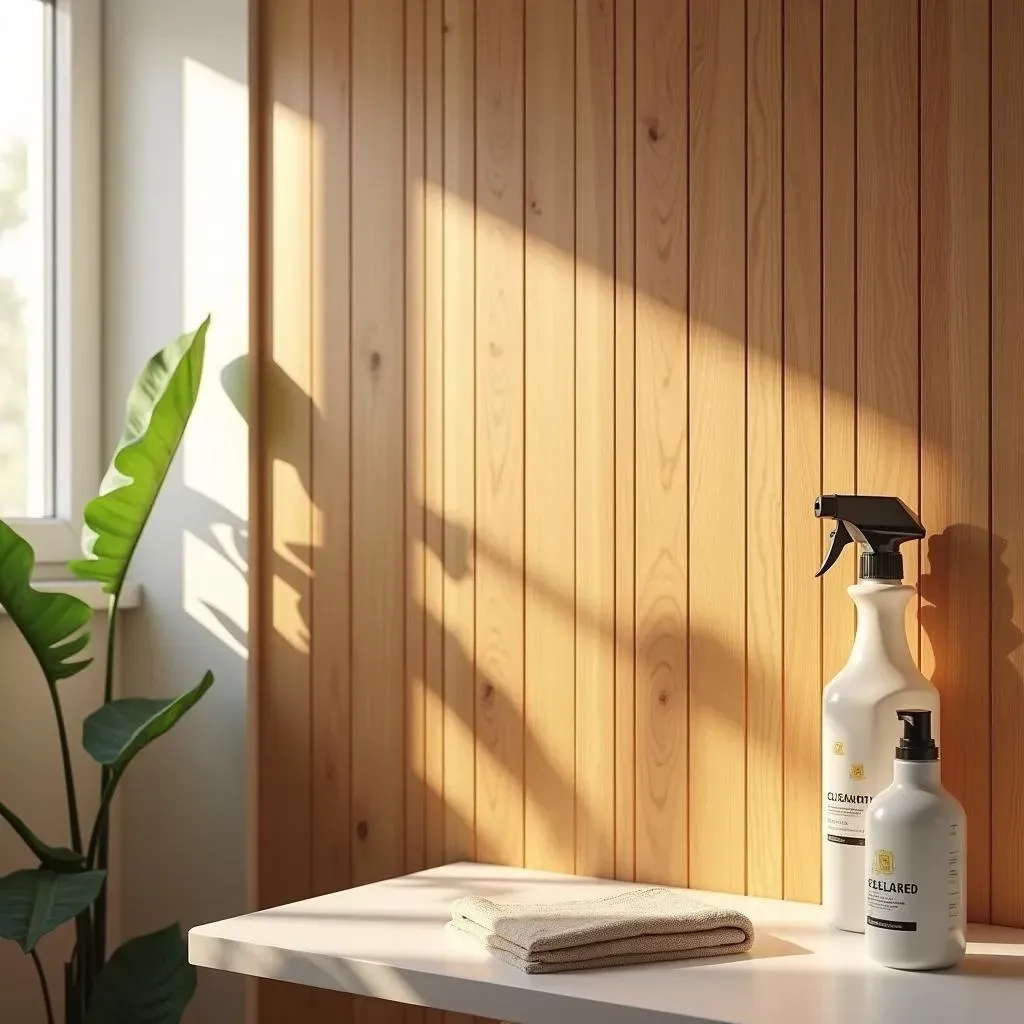
Maintaining the Beauty: Caring for Your Wood Accent Wall
Alright, you've put in the work, and your wood accent wall looks amazing! Now comes the important part: Maintaining the Beauty: Caring for Your Wood Accent Wall so it stays that way. Think of your wood accent wall like a fine piece of furniture – it needs a little TLC to keep it looking its best. Regular cleaning and preventative measures will go a long way in preserving its beauty and extending its lifespan. The good news is that it doesn't require a ton of effort. A few simple steps are all it takes to keep your wood accent wall looking its best for years to come. Let's dive into the specifics!
Dusting Duties
The easiest and most effective way to maintain your wood accent wall is to dust it regularly. Dust can accumulate over time and make the wood look dull and lifeless. A simple dusting with a soft cloth or a microfiber duster will do the trick. Pay attention to any crevices or grooves where dust tends to collect. For hard-to-reach areas, you can use a vacuum cleaner with a brush attachment. Just be gentle to avoid scratching the wood. Aim to dust your wood accent wall at least once a month, or more often if you live in a dusty environment.
Cleaning Considerations
While regular dusting is usually sufficient, you may occasionally need to give your wood accent wall a more thorough cleaning. This is especially true if you have kids or pets, or if your wall is exposed to a lot of dirt or grime. When cleaning your wood accent wall, it's important to use a gentle cleaning solution that won't damage the wood. Avoid harsh chemicals or abrasive cleaners, as these can strip the finish and leave your wall looking worse than before. Instead, opt for a mild soap and water solution. Dampen a soft cloth with the solution and gently wipe down the wall. Be sure to wring out the cloth thoroughly to avoid getting the wood too wet. After cleaning, dry the wall with a clean, dry cloth.
Stain/Finish | Cleaning Solution |
|---|---|
Polyurethane | Mild Soap and Water |
Oil-Based Stain | Wood Cleaner |
Unfinished Wood | Dry Cloth/Vacuum |
Sun's Out, Fading's Out
One of the biggest threats to your wood accent wall is sunlight. Prolonged exposure to direct sunlight can cause the wood to fade, discolor, or even warp over time. To protect your wood accent wall from the sun, consider installing curtains or blinds on any windows that face the wall. You can also apply a UV-resistant coating to the wood. This will help to block out harmful UV rays and prevent fading. Reapply the coating every few years, or as needed. And if you're planning on installing a wood accent wall in a room that gets a lot of sunlight, consider choosing a wood type that is naturally resistant to fading, such as cedar or redwood.
- Install curtains or blinds
- Apply UV-resistant coating
- Choose fade-resistant wood
Wrapping Up: Your Journey to the Perfect Wood Accent Wall
Choosing the right wood for your accent wall is a blend of personal taste, budget considerations, and a dash of DIY spirit. From understanding the unique characteristics of each wood type to mastering the installation process and ensuring long-term care, you're now equipped to create a stunning focal point in your home. Whether you opt for the rustic charm of reclaimed wood, the sleek lines of modern paneling, or a creative combination of both, your wood accent wall is sure to add warmth, character, and a touch of your own personality to any space. So, go ahead, transform your walls and enjoy the beauty of wood!
